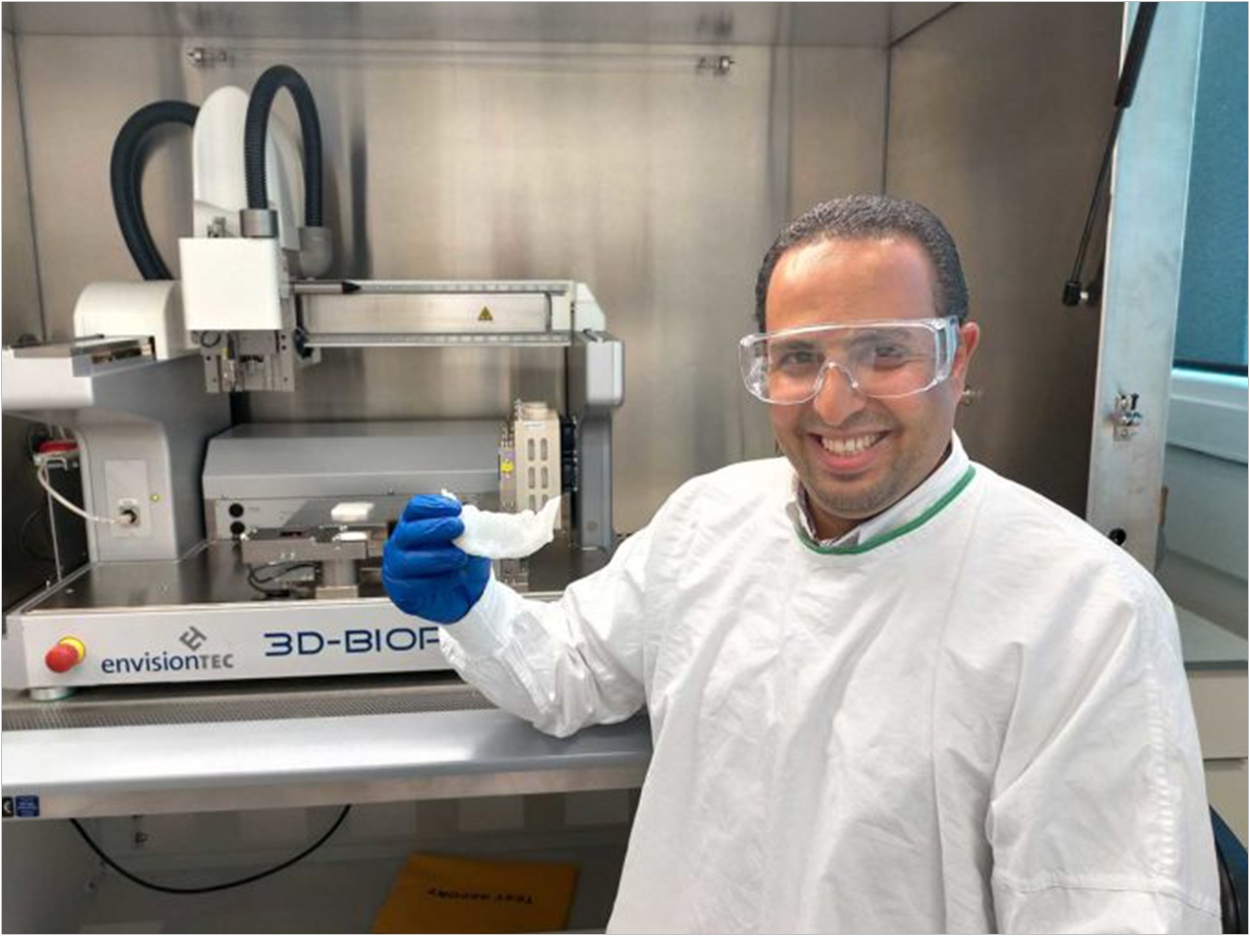
Research at the University of Queensland School of Dentistry could stimulate bone formation in patients with orofacial bone loss as well as those who undergo joint-replacement surgery or who are diagnosed with bone cancer.
Building on existing research in bone tissue engineering, 3-D printed bone scaffolds that use magnesium hydroxide could be used as substitutes for human bone grafts.
“Using magnesium hydroxide with existing bone-forming materials improved bone regeneration and function in our study of 3-D printed bone scaffolds,” said research fellow Dr. Abdalla Ali.
“Magnesium hydroxide has the potential to accelerate bone formation inside the human body when combined with polycaprolactone (PCL), the most common biodegradable material used in bone tissue engineering,” said Ali.
“The combination of 3-D printed scaffolds with both magnesium hydroxide and PCL are proving a suitable alternative in the regenerative treatment of various bone diseases and injuries,” said Ali.
Bone grafts have been considered the traditional gold standard for restoring damaged or injured bone that was not capable of healing itself, Ali said.
“But bone grafts have the drawback of limited availability and are subject to complications. 3-D printed bone scaffolds are a new alternative made from porous degradable biomaterials that provide mechanical support during the bone’s natural repair process,” he said.
“PCL has a slow degradation rate that is not ideal for many bone healing applications and lacks biofunctionality,” Ali said.
“Many attempts have been made to incorporate new materials into bone tissue engineering, but they are not fully absorbable in the body, which is necessary as the bone naturally regenerates,” he said.
Adding magnesium hydroxide to the study of 3-D printed scaffolds enhanced bone formation and resulted in a higher bone mass and a faster degradation rate, Ali said.
Bone implant rates are rising globally due to the increasing aging population, leading to more age-related degenerative bone problems, bone diseases, accidents and injuries, and revision surgery, the school said.
The study, “Fabrication of Biocompatible and Bioabsorbable Polycaprolactone/Magnesium Hydroxide 3D Printed Scaffolds: Degradation and In Vitro Osteoblasts Interactions,” was published by Composites Part B: Engineering.
Related Articles
Lego-Like Bricks Provide Scaffolding for Better Bone Healing
Graphine Oxide Treatment May Improve Scaffold Performance in Implant Treatment












